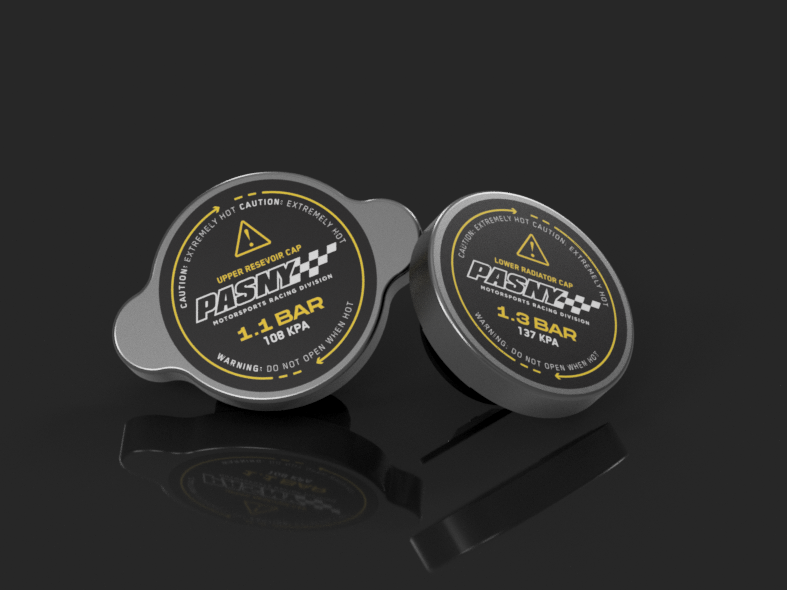
UNDERSTANDING YOUR COOLING SYSTEM
Ensuring the engine intake tract remains oil-free is crucial to stave off early mechanical breakdowns and sustain optimal performance. When oil infiltrates the engine’s intake tract, it triggers multiple adverse effects. Initially, it envelops the inner surfaces of the intake system, intercooler, and piping. This oily invasion accelerates the deterioration of rubber or silicone hoses, ultimately resulting in connection failures. As the oil progresses through the intake tract, it infiltrates the intake manifold and subsequently enters the engine’s combustion chamber. The presence of oil within the combustion chamber becomes a catalyst for detonation and preignition, causing elevated emissions, billowing smoke, power loss, diminished fuel efficiency, and the looming threat of catastrophic engine failure, culminating in exorbitant repair costs. Preventing oil from seeping into this crucial system is pivotal for the engine’s longevity and sustained performance.


In a Subaru, the unique setup features a circulating expansion tank placed above the radiator. When coolant expands due to heat, a one-way cap on the radiator releases excess coolant and air bubbles into a catch can. This expansion tank, located at the system’s highest point, draws coolant from various parts like the turbo and oil cooler, while collecting and retaining air bubbles. Equipped with a two-way cap, it releases air bubbles and expanded coolant to the catch can, then recaptures the coolant once it cools, ensuring a constant supply of deaerated coolant to the radiator and system.
Unlike most cars using a two-way cap on the radiator, Subaru’s setup with the circulating expansion tank prioritizes bleeding all air from the system, offering a notable OEM advantage for maintaining consistent coolant levels and optimal system performance.
RADIATOR CAPS

High pressure & Low Pressure caps available soon!